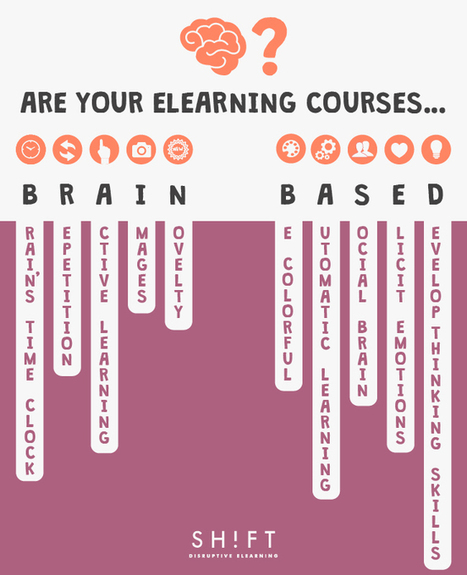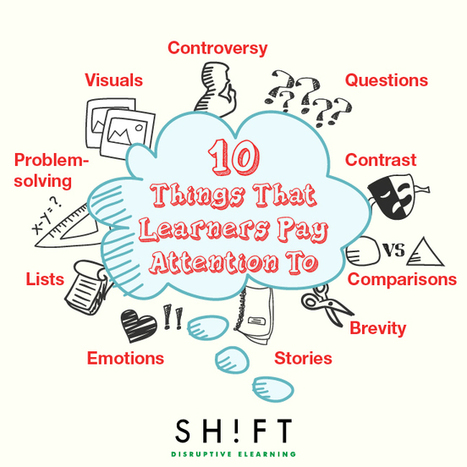Creating brain-based eLearning courses is actually relatively easy, especially when following the acronym B.R.A.I.N. B.A.S.E.D.
Get Started for FREE
Sign up with Facebook Sign up with X
I don't have a Facebook or a X account
 Your new post is loading... Your new post is loading...
 Your new post is loading... Your new post is loading...

Audrey's curator insight,
October 3, 2014 1:26 PM
These are certainly true. Have a look at www.hotmoodle.com

Bernard VULLIERME's curator insight,
October 20, 2014 5:30 AM
Rien de nouveau sous le soleil du bon e:enseignant, mais plus d'exigences …
clare o'shea's curator insight,
February 5, 2015 1:49 PM
and ask indviduals questions every 2-3 minutes - but always label the behaviour first! so it is a positive experience not a catching out!! |

niftyjock's curator insight,
August 24, 2014 6:16 PM
Once upon a time... Narratives are a great way to get information across. 
Jo Blannin - The Know Tech Teacher's curator insight,
August 25, 2014 8:00 PM
Do you work with older students? Then you will enjoy this article about storytelling in learning. Great for introducing studnets to the need to structure online presentations as well as traditional, writing tasks. Reading a good online presentation (from TED maybe) and then asking students to map the presentation to the story outline in this article will reinforce this learning for them. Let me know if you give this a go - I've done similar activities with videos and story structures in primary schools and the students loved investigating the hidden structure! |












Important things to think about whether designing an online or a face-to-face course.